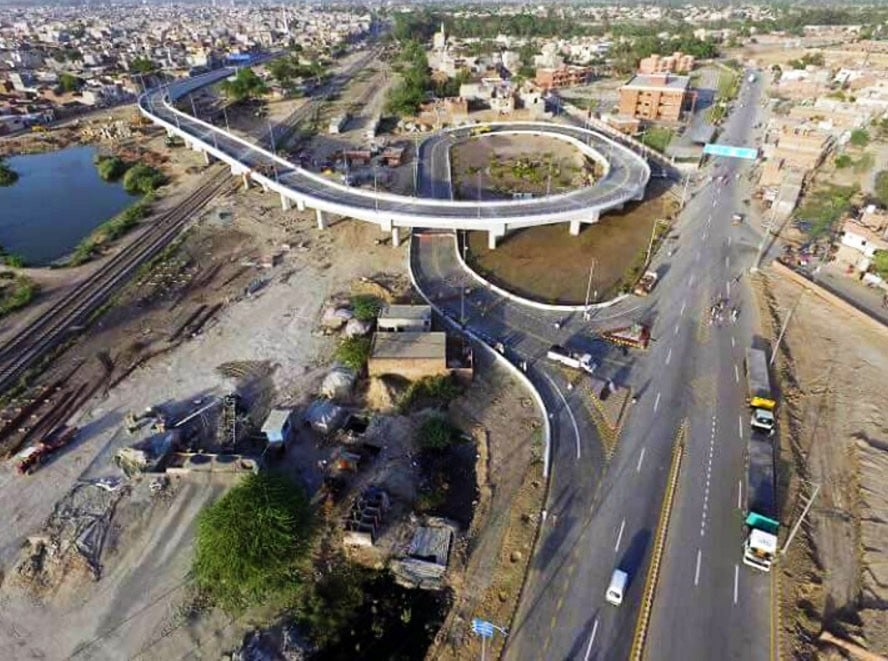
Why is it that hard to claim my right to the city

This is your city! A promise made to every citizen every time a mega project within the city hits a roadblock.
The utopian spirit these few words carry are usually misunderstood by the benign citizens as a declaration of hope, instilling them with a notion that maybe their say matters in shaping the future of the city, but in reality these words are more of a statement of fact. Yes, this is my city, but why is it that hard to claim my right to the city.
With Lahore’s landscape undergoing dramatic and exclusionary changes through sweeping facelifts over the past few years, the once bustling public spaces have turned into heaps of building material which are to be used for a city envisioned as sleek and modern. The skyline, as dirty as it can get, is littered with construction cranes, concrete pylons overshadowing cultural and heritage sites, tunnels being dug at a ridiculously fast pace. The city is going through a metamorphosis at an insanely fast pace -- a malaise era where the grandeur of the past is no longer applicable.
But this is not the first time Lahore has been ravaged. A city steeped in a rich history of culture, romanticism and beauty, the idiosyncratic charm of Lahore has survived through the harshest of times. The very spelling of this city was described by Bapsi Sidhwa in her first novel, ‘The Pakistani Bride,’ in words that stands true in the current environment of the city: "Lahore, the handmaiden of dimly remembered Hindu kings, the courtesan of Moghul emperors -- bedecked and bejewelled, savaged by marauding hordes -- healed by the caressing hands of successive lovers."
Many of us, growing up in Lahore as a child, might remember the unassuming hubs of community life which made up the various postcodes of this historic city, coming together to create a rich tapestry of the identity of the city. These small pockets of familiarity through its density, freedom, space and chaos, rekindled a sense of ownership for the city. It was a piece of communal artwork that we as citizens created, with diversity at its heart as its strength. The way in which these tiny pockets of normal everyday life placed themselves within a map of great historical, political and global significance created the city’s pulsing energy. This golden sheen of the rich layering of Lahore has unfortunately been reduced to rumble.
Brick by brick these places were created over a period of centuries and had a history of having being created as a benefit to the people, a collective pursuit of the citizen’s objectives for an open society. Our city was designed by the communities that lived here, which was often very useful since they knew better what the city meant to them. It was their identity and it somewhat was a reflection of their lives.
It is true that the history of cities reminds us that how quickly they change and that cities may rise and fall -- and rise again. What we need to realise is that we still have a city and it’s about time we took up its ownership. Not that the city needs it but it’s us who need the identity. Either way, Lahore will still be Lahore.